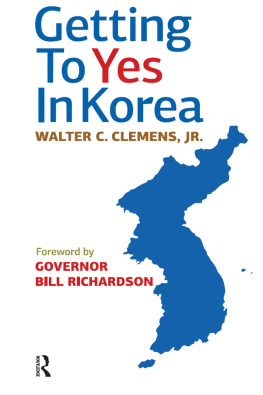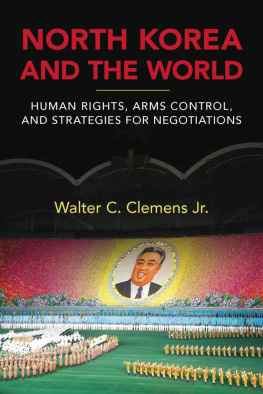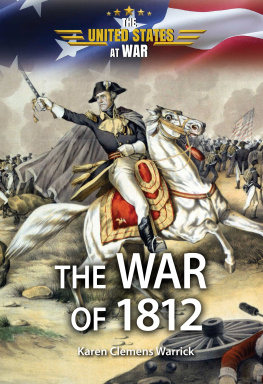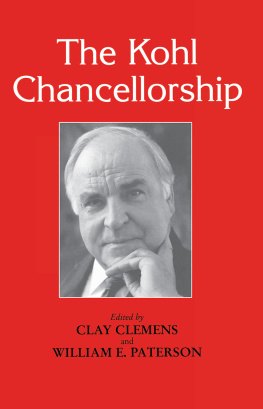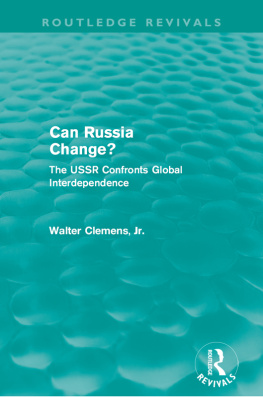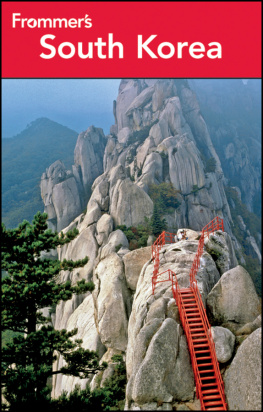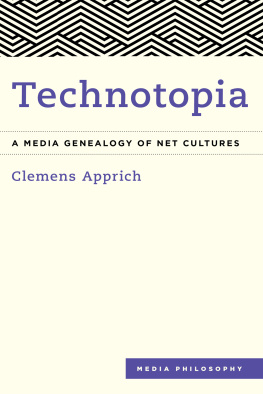GETTING TO YES IN KOREA
WALTER C. CLEMENS JR.
With a foreword by Governor Bill Richardson
First published 2010 by Paradigm Publishers
Published 2016 by Routledge
2 Park Square, Milton Park, Abingdon, Oxon OX14 4RN
711 Third Avenue, New York, NY 10017, USA
Routledge is an imprint of the Taylor & Francis Group, an informa business
Copyright 2010 Walter C. Clemens Jr.
All rights reserved. No part of this book may be reprinted or reproduced or utilised in any form or by any electronic, mechanical, or other means, now known or hereafter invented, including photocopying and recording, or in any information storage or retrieval system, without permission in writing from the publishers.
Notice:
Product or corporate names may be trademarks or registered trademarks, and are used only for identification and explanation without intent to infringe.
Library of Congress Cataloging-in-Publication Data
Clemens, Walter C.
Getting to yes in Korea / Walter C. Clemens, Jr.
p. cm.
Includes bibliographical references and index.
ISBN 978-1-59451-406-7 (hardcover)
ISBN 978-1-59451-407-4 (paperback : alk. paper)
1. United StatesForeign relationsKorea (North) 2. Korea (North)Foreign relationsUnited States. 3. Nuclear nonproliferationKorea (North) I. Title.
JZ1480.A57K6 2010
327.7305193dc22
2009025317
Designed and Typeset by Straight Creek Bookmakers.
ISBN 13: 978-1-59451-406-7 (hbk)
ISBN 13: 978-1-59451-407-4 (pbk)
For Anna Sophia Ho Clemens
CONTENTS
A cockpit of war A failing rogue state equipped with nuclear arms North Korea as a possible player in a zone of peace and commerce Axioms for foreign policy
A proud nation Emergence in the shadow of China Unique forms of Confucianism Literacy Coping with complexity
A weak government and insular culture subjugated by an expansionist Japan while America watched and did nothing U.S. commitments to national self-determination excluding Korea and other smaller nations
Rooseveltian Realpolitik Sacrificing Korea and the Baltics to appease Stalin and defeat the Axis Origins of the thirty-eighth parallel
North Koreas demands for nuclear science, power, and weaponry Comradely differences and North Koreas commitment to self-reliance and the military first
Lessons from cold war dtentes GRIT Mutual gain and openness
High-context versus low-context diplomacy The significance of distinct cultures of diplomacy
Washington using both carrots and sticks, Track 1 and Track 2 diplomacy Americans discovering rational and sentient humans in Pyongyang
Bushs essentialist outlook, using neither sticks nor carrots Bush and Rice dragging their heels and then facing a nuclear-armed DPRK
Material forces that condition but do not determine what happens The roles of timing and coincidence Black swans Individual leaders who prevail over forces and fortuna
Alternative futures The spectrum from global war to a security system for Northeast Asia Lessons for diplomacy
Dangers of summitry Utility of looking for mutual gain even with dictators Letting professionals do the work Experiences with the USSR and Libya Grand bargains versus limited accords
Challenges and policy dilemmas Human rights and/or arms control? Trust and/or arms control? How to fathom outliers? What paradigms for coping with uncertainty? What could it mean to get to yes in Korea? From negative to positive peace?
Many individuals have given wise counsel and encouragement over the years: Peter M. Beck, Bruce Cumings, Roger Fisher, Choong Nam Kim, Donald Gregg, Lloyd Jensen, Stephan Haggard, Brad Grosserman, Stephen Linton, Marcus Noland, Terence Roehrig, Scott A. Snyder, Robert A. Scalapino, Seung-Ho Joo, and Yurim Yi, who read and improved the entire manuscript. Jennifer Knerr backed the project from the outset. Valuable insights have also been provided by Boston University students who have taken part in three simulations of the six-party talks in PO 577, Negotiation in World Affairs.
This project began long ago when the U.S. State Department had funds to send U.S. lecturers abroad. In recent years institutional support came from Boston University, the Harvard Davis Center for Russian and Eurasian Studies, and the East-West Center at the University of Hawaii. The research facilities of many institutions proved invaluable: the Woodrow Wilson International Center for Scholars, the US-Korean Institute at SAIS, the Korea Economic Institute, Pacific Forum CSIS, the International Institute for Strategic Studies, the Harvard University Korea Institute, and the Peter G. Peterson Institute.
Valuable suggestions came from the editors and reviewers of journals in which earlier versions of some chapters were published: Asian Survey, Bulletin of the Atomic Scientists, Financial Times, Global Asia, International Negotiation, Journal of East Asian Affairs, Journal of East Asian Studies, and Pacific Forum.
The book is dedicated to Anna Sophia Ho Clemens. For her sake and for billions of other children, let us hope that the worlds politicians get to yes.
In December 1994, as a congressman from New Mexico, my plane touched down in Pyongyang some two months after U.S. and North Korean diplomats in October signed an Agreed Framework to freeze North Koreas plutonium production. My mission was to discuss implementation of the framework agreement, raise issues of human rights, and foster a dialogue between the two Koreas. My job changed overnight when a U.S. helicopter was shot down over North Korea. For nine days and nights I worked to learn the circumstances of this incident and the condition of the two servicemenall the while striving to keep these issues from interfering with the October agreement. My most urgent task became to repatriate the two U.S. servicemen in the downed helicopter. We learned that one of them, David Hilemon, had not survived the helicopters crash landing; we informed his family. On December 21, North Koreas Vice Foreign Minister Song offered that, if I left the next morning, I could escort Hilemons remains across the demilitarized zone (DMZ) into South Korea. The minister added that the sole survivor, Bobby Hall, would be released very soon. I pressed for Hall to be released before Christmas. Upon the advice of Colonel Ray Miller in Seoul, I escorted Hilemons remains into South Korea. Hall was released to American officials at the DMZ just before the New Year after the U.S. government expressed sincere regret for this incident.
Following the 1994 events, I returned to North Korea several times in the 1990s and 2000s. The Democratic Peoples Republic of Korea delegation to the United Nations also visited me in Santa Fe several times during my tenure as governor. Our dialogue was never easy, but helped to secure the release of an imprisoned American, Evan Hunziker, and obtain the return of the remains of six U.S. soldiers from the Korean War. I believe that our meetings probably helped my North Korean counterparts to understand U.S. interests better and provided for Americans a clearer window into North Koreas goals and interests.
Despite past and present conflicts, there is some reason for hope about the prospects of improved U.S relations with North Korea. In 2009 former president Bill Clinton accepted an invitation to Pyongyang and obtained the release of two young journalists sentenced to twelve years of hard labor for their brief entry into North Korea. After the Clinton trip, the Democratic Peoples Republic of Korea (DPRK) delegation to the UN visited me in Santa Fe and emphasized their governments interest in direct talks with the United States. Since then the authorities in Pyongyang have welcomed a visit by top U.S. envoy, Ambassador Stephen W. Bosworth. However, the DPRK authorities have defied UN pressures and sanctions and continued to develop their incipient missile-nuclear arsenal. Still, there is little choice for any of the parties concerned with Northeast Asia but to continue negotiations.



